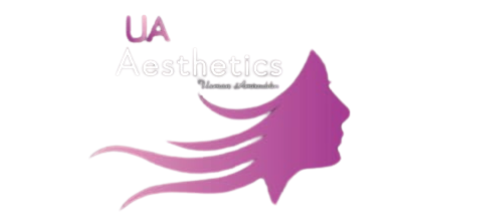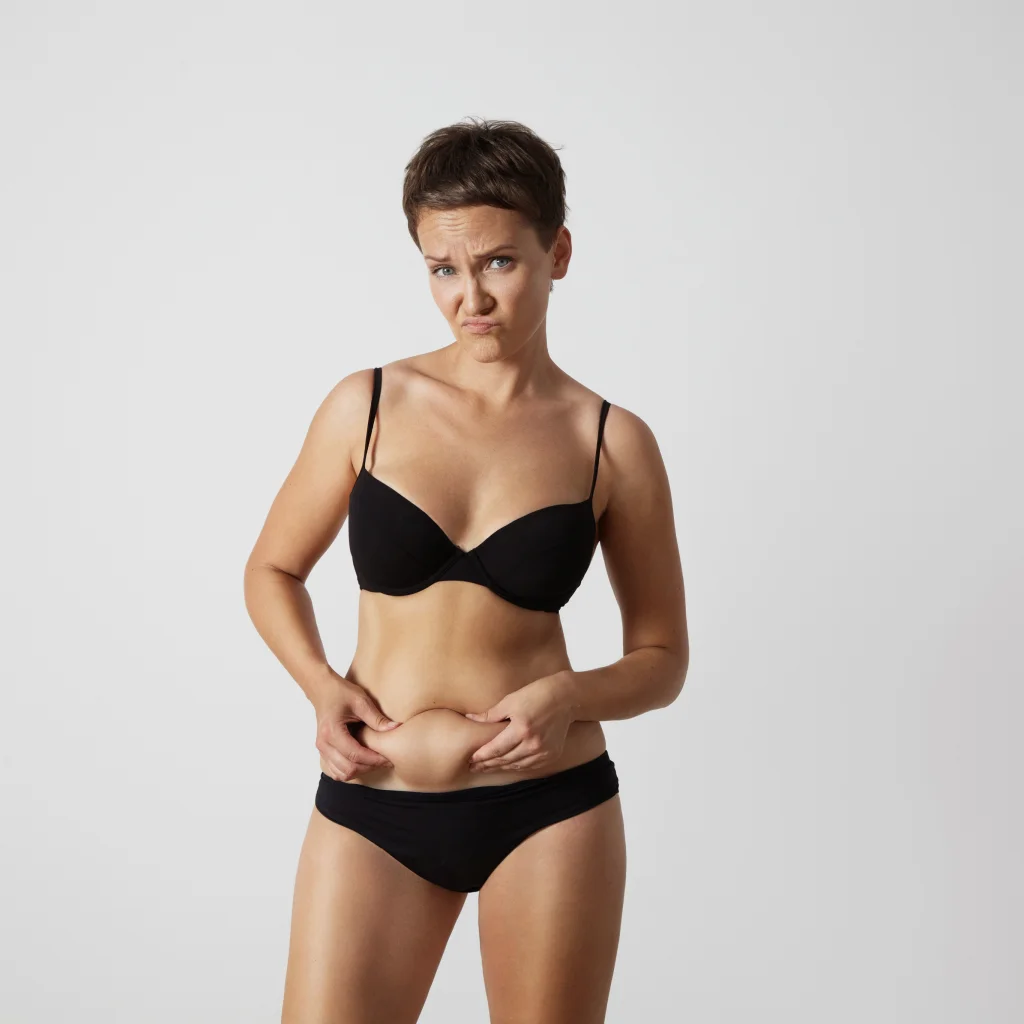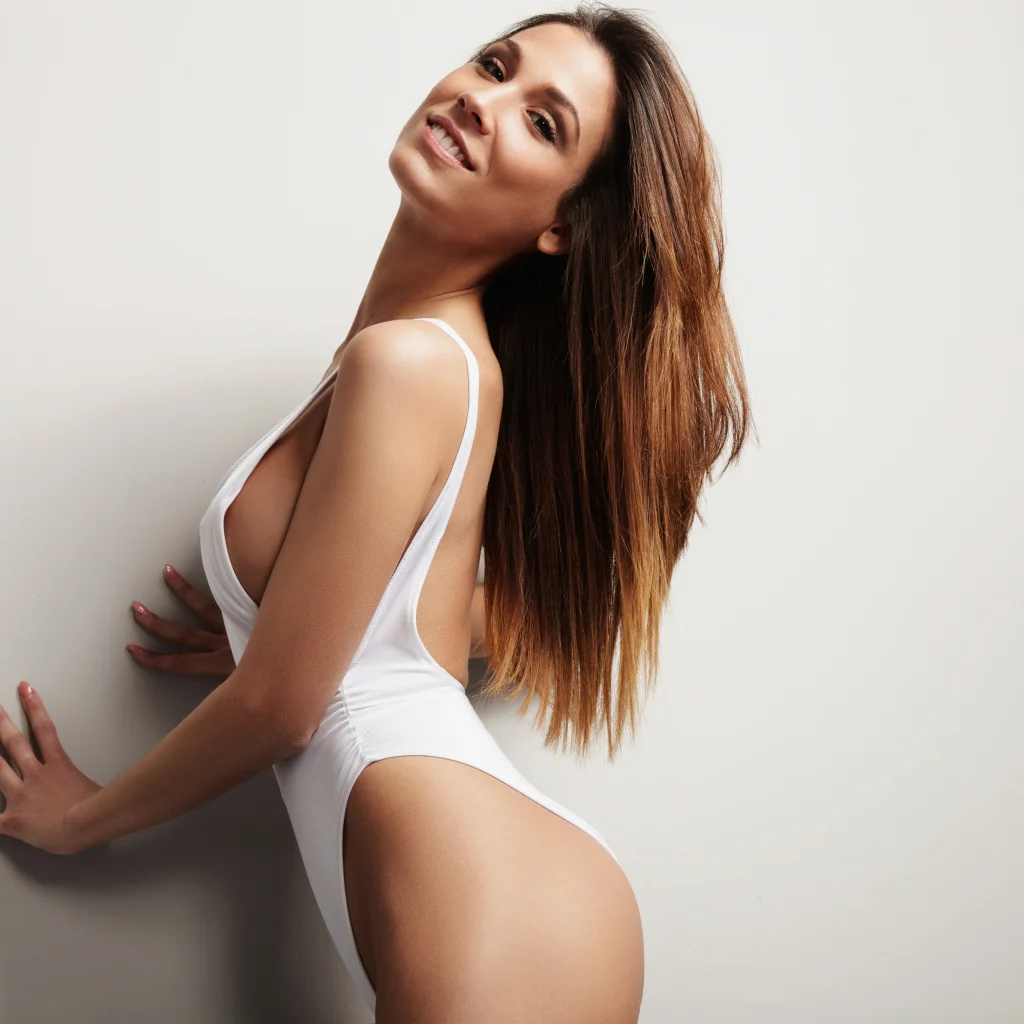Table of Contents
As Dr. Usman Amiruddin, a board-certified plastic surgeon in Pakistan with clinics in Lahore and Dera Ghazi Khan, I’ve helped countless patients achieve the facial balance they desire through cheek contouring. At UA Aesthetics, we specialize in both cosmetic and reconstructive surgery, tailoring treatments to enhance your natural beauty. Whether you’re in Pakistan or part of the Pakistani diaspora worldwide, cheek contouring is more than a trend—it’s a way to boost confidence and harmony in your appearance. In this detailed guide, I’ll walk you through everything from basics to advances, speaking directly to you as a patient seeking informed choices.
Understanding Cheek Contouring and Its Importance
Cheek contouring is a transformative procedure that reshapes and enhances the cheek area to create a more defined, youthful look. As a doctor, I see it as an art form that respects your unique facial structure.
What Exactly Is Cheek Contouring?
In simple terms, cheek contouring involves techniques to sculpt the cheeks, either by adding volume, reducing prominence, or refining contours. This can address flat cheeks, sagging due to age, or asymmetry. For many Pakistanis, where fair skin and defined features are culturally admired, this procedure aligns with beauty ideals without overdoing it. Patients trust UA Aesthetics for safe, effective, and internationally recognized aesthetic procedures, guided by professional standards.
Why Cheeks Play a Key Role in Facial Aesthetics
Your cheeks contribute to overall facial aesthetics by providing symmetry, youthful appearance, and harmony. High, defined cheekbones can make the face look lifted and vibrant, while hollow cheeks might suggest fatigue or aging. In our culture, where family gatherings and weddings emphasize looking your best, balanced cheeks enhance that glow. According to recent trends, there’s a 5% increase in cosmetic procedures globally, with cheek contouring gaining popularity for its natural results.
The Rising Popularity in Cosmetic and Reconstructive Fields
Cheek contouring is booming, especially in 2025, with a shift toward subtle enhancements. Statistics show buccal fat removal and fat grafting are on the rise, driven by social media and self-care focus. In Pakistan, it’s increasingly sought for both cosmetic boosts and reconstructive surgery after accidents. At UA Aesthetics, we’ve seen more patients from abroad opting for these, blending modern techniques with cultural sensitivity.
Goals and Ideal Candidates for Cheek Contouring
Every patient has unique goals, and as your surgeon, I ensure cheek contouring aligns with them for satisfying results.
Primary Objectives: Balance, Youth, and Correction
The main goals include enhancing facial balance and proportions, creating a youthful, lifted appearance, and either softening or defining structure based on your desires. It also corrects congenital issues, post-traumatic deformities, or age-related changes like volume loss. For example, in older patients, it restores fullness lost due to gravity and collagen decline.
Who Benefits Most from This Procedure?
Ideal candidates are those with flat, hollow, or asymmetric cheeks seeking rejuvenation. If you have wide or overly prominent cheekbones, or need reconstruction after trauma, you’re a great fit. Pakistani women and men worldwide, often influenced by Bollywood’s sculpted looks, find this empowering. However, good health and realistic expectations are key—I’ll assess that during consultation.
Exploring Types of Cheek Contouring Options
Cheek contouring offers versatile choices, from quick fixes to permanent changes. Let’s break them down.
Non-Surgical Approaches for Subtle Enhancements
Non-surgical options are popular for their minimal invasiveness. Dermal fillers like hyaluronic acid or calcium hydroxylapatite provide quick, temporary volume—lasting 6-24 months. Fat grafting uses your own fat for a natural alternative, with semi-permanent results. Thread lifts offer a lifting effect through minimally invasive threads. Even makeup contouring gives temporary visual enhancement, ideal for trying the look first.
Surgical Methods for Lasting Transformations
For more permanent results, surgical options shine. Malar implants use silicone or porous polyethylene for augmentation. Buccal fat removal slims the lower face to highlight cheekbones. Osteotomy reshapes bones for structural correction, while cheekbone reduction surgery (zygoma reduction) narrows wide cheeks, common in Asian aesthetics including Pakistanis.
Step-by-Step Procedure and What to Expect
Understanding the process demystifies cheek contouring, making it less intimidating.
Non-Surgical Procedure Breakdown
These are in-office with minimal downtime. We start with a consultation for facial analysis, then proceed to injections or placements under local anesthesia. Recovery involves ice packs and avoiding strenuous activity for a day or two.
Surgical Procedure Details
Pre-planning uses 3D imaging for precision. Anesthesia varies—local for minor, general for extensive. For malar implants, I make small incisions to place them; buccal fat removal involves intraoral extraction. Zygoma reduction reshapes bones via incisions inside the mouth. Each step prioritizes safety and natural outcomes.
Risks, Recovery, and Long-Term Results
Like any procedure, awareness of risks ensures informed decisions.
Potential Risks and How to Minimize Them
Non-surgical risks include swelling, bruising, asymmetry, or filler migration—usually temporary. Surgical ones are infection, implant shifting, scarring, or prolonged swelling. Choosing an experienced practitioner like at UA Aesthetics minimizes these; our infection rates are low due to strict protocols.
Recovery Timeline and Aftercare Tips
Non-surgical recovery is quick—back to work in days. Surgical downtime is 1-2 weeks, with swelling peaking at day 3. Manage pain with medications, care for wounds gently, and follow a soft diet. Avoid sun exposure and heavy exercise; skincare routines help. Long-term, fillers need top-ups, while implants stay stable.
Expected Results and Durability
Non-surgical results last 6-24 months, fat grafting is semi-permanent with some absorption. Implants and bone reshaping offer long-lasting or permanent changes. Aim for natural-looking results to avoid overdone appearances—I’ve seen patients glow with renewed confidence.
Advances, Costs, and Psychological Benefits
The field is evolving, making cheek contouring more accessible and effective.
Cutting-Edge Advances in 2025
In 2025, 3D facial mapping simulates outcomes, hybrid techniques combine fillers + threads or fat + implants. Bio-stimulatory fillers boost collagen, and custom implants fit your anatomy perfectly. These ensure natural, personalized results.
Navigating Cost Factors
Costs vary: non-surgical like fillers range 35,000-70,000 PKR in Pakistan, globally $500-2,000 USD. Surgical options like implants are 250,000-300,000 PKR here, higher abroad at $3,000-10,000 USD. Factors include technique, materials, expertise, and location—investing in quality yields long-term value.
The Psychological and Social Impact
Cheek contouring boosts self-confidence by aligning appearance with self-image, leading to positive social interactions and empowerment. Studies show improved self-esteem post-procedure, especially in cultures valuing harmony. I always counsel on realistic expectations to enhance mental well-being.
Conclusion: Tailored Cheek Contouring for Lasting Beauty
Cheek contouring blends artistry and science, offering paths from non-surgical options to advanced surgery tailored to you. As Dr. Usman Amiruddin, I encourage consulting a qualified specialist for personalized advice. At UA Aesthetics, we’re here to guide your journey to sculpted, youthful cheeks.
FAQ
What is cheek contouring and who is it for?
Cheek contouring reshapes cheeks for better facial balance and youthful appearance. It’s ideal for those with flat or asymmetric cheeks, seeking cosmetic or reconstructive surgery at places like UA Aesthetics.
What are the types of cheek contouring procedures?
Types include non-surgical options like dermal fillers, fat grafting, and thread lifts, plus surgical like malar implants, buccal fat removal, and zygoma reduction for lasting results.
What risks come with cheek contouring?
Risks of cheek contouring vary: swelling and bruising for non-surgical, infection or scarring for surgical. Minimize with expert care from Dr. Usman Amiruddin.
How long do cheek contouring results last?
Results from cheek contouring last 6-24 months for fillers, semi-permanent for fat grafting, and permanent for implants—depending on the method chosen.
Schedule your consultation today by calling 0322-4465542 or 0334-4541988, or send us an email at usman_adin@hotmail.com.
Stay Connected: Follow us on Instagram for real results and patient stories, and don’t forget to subscribe to our YouTube channel for expert tips and treatment insights.
📅 Book Your Consultation Today – Let’s Sculpt Your Future Together
💎 Transform Your Look. Boost Your Confidence. At UA Aesthetics, you’ll receive expert care, proven results, and a personalized journey to help you feel and look your best.
📍 Visit Us
Lahore Clinic
🏥 1001 E-1, Johar Town
🕓 Thu–Sunday
Dera Ghazi Khan Clinic
🏥 Hospital Chowk Lane 2, Opposite Trauma Center
🕓 Mon–Wed: 4 PM – 9 PM
📞 Contact & Appointments
📱 Call: 0322-4465542 | 0334-4541988
💬 WhatsApp: Message Us Directly
📢 Join Our WhatsApp Channel: Click Here to Join
📧 Email: usman_adin@hotmail.com
🌐 Learn More About Us
🌍 Website: uadaesthetics.com
📄 About Us: Learn about my qualifications, experience, and how we can help transform your look.
📲 Follow & Subscribe for Updates
📸 Instagram: @ua.aesthetics
▶️ YouTube: Subscribe Here
💡 Your Beauty, Refined. Your Confidence, Redefined.
✅ Secure your appointment today — your transformation begins with one click!






